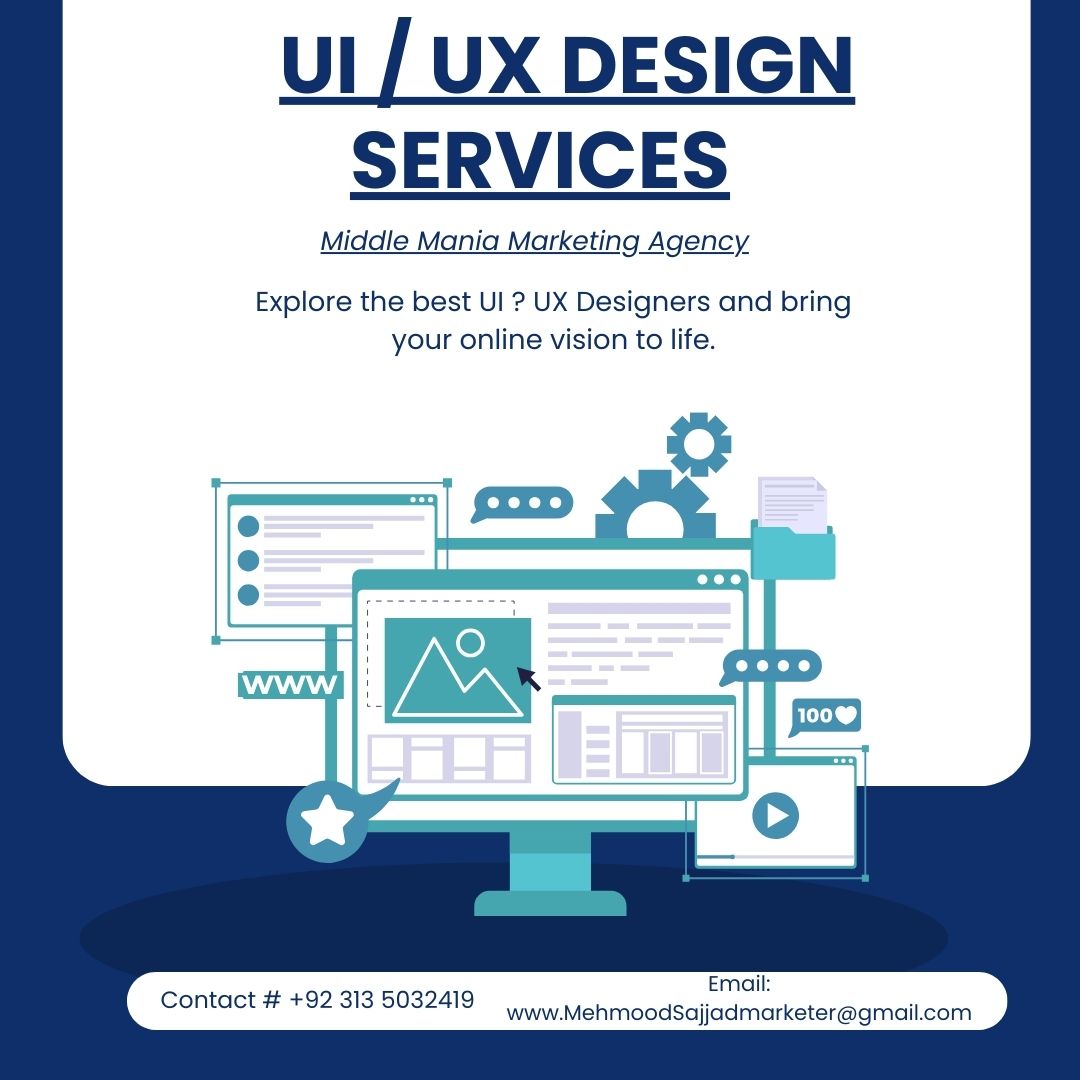“Mastering UI and UX Design: Essential Tips for Engaging Users in 2024

“Mastering UI and UX Design: Essential Tips for Engaging Users in 2024. Learn essential UI and UX design tips to create engaging, user-friendly experiences in 2024.
- UX design tips
- UI design tips
- UI and UX best practices
- engaging users
- mastering UI design
- mastering UX design
- user interface design
- user experience design
- UI/UX design guide
- tips for user engagement
Mastering UI and UX Design: Essential Tips for Engaging Users in 2024, design is essential for creating engaging, intuitive, and functional digital products. Whether you’re designing a website, app, or software interface, the goal is to make users feel comfortable, engaged, and delighted while interacting with your product. Here are some essential tips for mastering UI and UX design:
1. Understand the User
“Mastering UI and UX Design:User Research: Before designing, spend time understanding your target users’ needs, behaviors, and preferences. This can be done through user surveys, interviews, and analysis of user data.
Personas: Create user personas to represent your ideal users, helping you empathize with their motivations and pain points.
2. Prioritize Simplicity
Minimalist Design: Keep your designs simple, clean, and uncluttered. Avoid overloading the user with information or options. Focus on what’s most important.
– **Clear Navigation: Ensure that navigation is intuitive. Use familiar patterns, such as a top bar or a hamburger menu, to make navigation easy and predictable.
3. Consistency is Key
UI Elements: Keep UI elements consistent across your design. Buttons, icons, and fonts should have the same style and function throughout the product.
Design Patterns: Use established design patterns that users are familiar with to reduce the learning curve.
4. Optimize for Accessibility
-Color Contrast: Ensure sufficient contrast between text and background for readability, especially for users with visual impairments.
-Keyboard Navigation: Make sure that your interface can be fully navigated using a keyboard. This is important for users with disabilities or those who prefer keyboard shortcuts.
5. Design for Mobile First
Responsive Design: With the increasing use of mobile devices, make sure your design is responsive and adapts well to different screen sizes.
Touch-friendly UI: Optimize buttons and interactive elements for touchscreens, ensuring they’re easy to tap without accidentally selecting the wrong element.
6. Use Visual Hierarchy
Contrast and Size: Use varying sizes, colors, and contrasts to guide users’ attention to important elements. Larger, bolder text grabs attention, while smaller, muted text is better for less important content.
Whitespace: Properly use whitespace (or negative space) to make content easy to scan and reduce visual clutter.
7. Focus on Performance
Fast Loading Times: Slow interfaces can frustrate users. Optimize your design assets (images, scripts, etc.) to reduce load times.
Smooth Interactions: Ensure transitions, animations, and interactions are smooth and don’t cause delays.
8. Provide Feedback
Interactive Elements: When a user clicks a button or submits a form, provide immediate feedback (e.g., loading spinner, success message, or error alert).
Microinteractions: Use small animations or responses to let users know their actions have been acknowledged. This improves the experience and keeps them engaged.
9. Test and Iterate
User Testing: Conduct usability testing with real users to identify pain points and areas for improvement. Observe how users interact with your design.
A/B Testing: Try different variations of design elements (e.g., buttons, colors, layouts) to see which works best for your users.
Continuous Improvement: UX/UI design is an ongoing process. Regularly collect feedback and make improvements based on user behavior.
10. Embrace Modern UI Trends
-Dark Mode: Many users now prefer dark mode due to its reduced eye strain, especially in low-light environments.
Neomorphs: This soft, 3D-style design focuses on light and shadow to create realistic interfaces, giving elements a “pushed” or “pulled” effect.
11. Collaborate with Developers
Design Handoff: Ensure clear communication and handoff between design and development teams to ensure that the final product matches the vision.
Consider Feasibility: Work closely with developers during the design phase to make sure that your design is technically feasible and aligns with coding standards.
12. Stay Inspired
Explore Other Designs: Look at other successful products, apps, and websites for inspiration, but don’t directly copy. Analyze what makes their design work.
Design Communities: Engage with design communities (like Dribbble, Behance, or even Reddit) to share ideas, get feedback, and stay up-to-date on trends.
By following these guidelines, you can design user interfaces that not only look great but also provide a seamless and enjoyable experience for your users. Effective UI and UX design require empathy, attention to detail, and an ongoing commitment to improving based on real user feedback.

